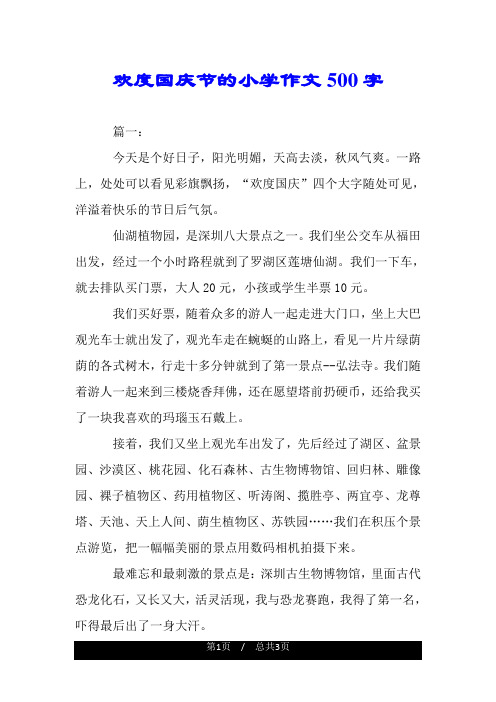保护环境英语作文中考(环保中考英语作文)
Title: The Call to Action: Embracing Environmental Responsibility in the Midst of Cultural Examinations
In the face of global challenges, such as climate change and pollution, the need for environmental responsibility is more pressing than ever before. This is particularly true for Chinese students, who are expected to perform well academically while also demonstrating a sense of environmental awareness and commitment. In this essay, we will explore how students can integrate environmental protection into their daily lives and academic pursuits through examination preparation. Firstly, students should cultivate an understanding of the importance of environmental protection from an early age. This can be achieved through various means, such as reading environmental literature, watching documentaries about environmental issues, or engaging in discussions with family and friends. By gaining a deeper appreciation for the fragility of our natural resources, students can develop a sense of urgency to protect them. For example, by learning about the impacts of pollution on wildlife and ecosystems, students may become more mindful of their own consumption habits and encourage sustainable practices. Secondly, students must actively participate in environmental initiatives during their school years. This could involve participating in campus clean-up campaigns, volunteering at local environmental organizations, or even starting their own eco-friendly projects such as planting trees or reducing waste. These activities not only teach students practical skills but also reinforce their commitment to environmental protection. For instance, students who participate in local beach cleanups may learn firsthand about the effects of plastic pollution on marine life and become advocates for ocean health. Thirdly, students should seek out educational resources that promote environmental literacy and sustainability. There are countless resources available online and in libraries that provide information on environmental science, renewable energy, and sustainable living. Students should take full advantage of these opportunities to broaden their knowledge base and gain new perspectives on environmental issues. For example, studying the history of renewable energy technologies or exploring alternative modes of transportation like electric vehicles can inspire students to make informed decisions about their future actions. Finally, students should incorporate environmental protection into their exam preparation strategies. This can include creating study materials that highlight the connection between environmental issues and academic concepts, such as comparing carbon emissions and economic growth. By doing so, students can demonstrate a deeper understanding and appreciation for the subject matter while also contributing to the overall goal of environmental conservation. For instance, students who research historical examples of successful environmental policy implementation might find that they are better equipped to analyze current policy debates and propose innovative solutions. In conclusion, embracing environmental responsibility is essential for both personal growth and social progress. As students prepare for the challenges of cultural examinations, it is crucial that they integrate environmental education and action into their daily routines. Through a combination of education, engagement, and innovation, students can not only succeed in their studies but also contribute to a healthier planet for present and future generations. 更多精彩》



